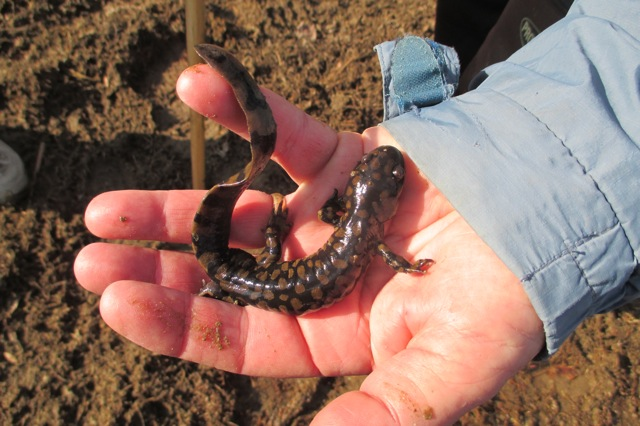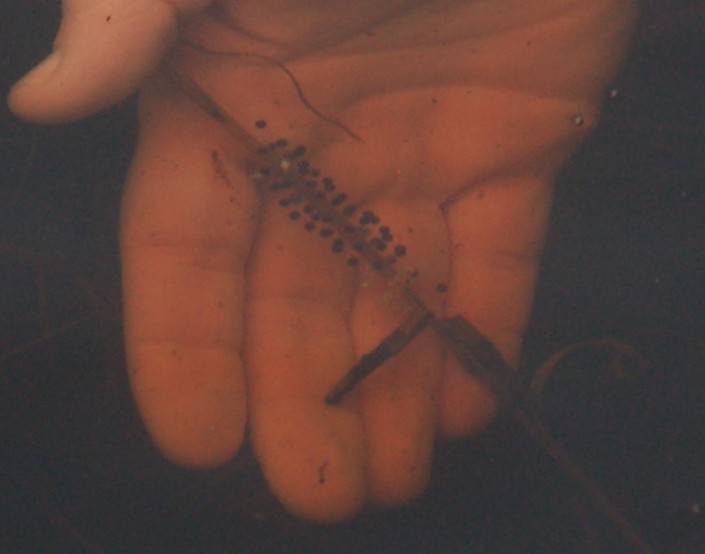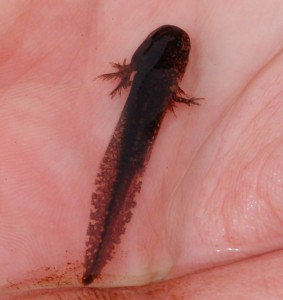Crossed One Off the Bucket List
by Christine Healy, Wildlife Biologist
Every January, once the confetti has settled from the new year’s celebration, I start thinking a lot about amphibians and preparing for their springtime migration. That behavior, however, is not collectively adopted by all of our local frogs and salamanders. Different species have found different ways to adapt to the challenges of a complex lifecycle that relies on environmental factors to inform physiological changes. Wood frogs, as well as spotted and Jefferson salamanders, have conformed to an early spring breeding strategy. Once the ground thaws and snow melt has raised the water level in vernal pools, they are on the move. Since amphibians in temperate climates hibernate (or more correctly, brumate – the “cold-blooded” equivalent), you might think that their appearance in February and March means that they lead the pack. While this seems a reasonable assumption, it’s actually incorrect.




